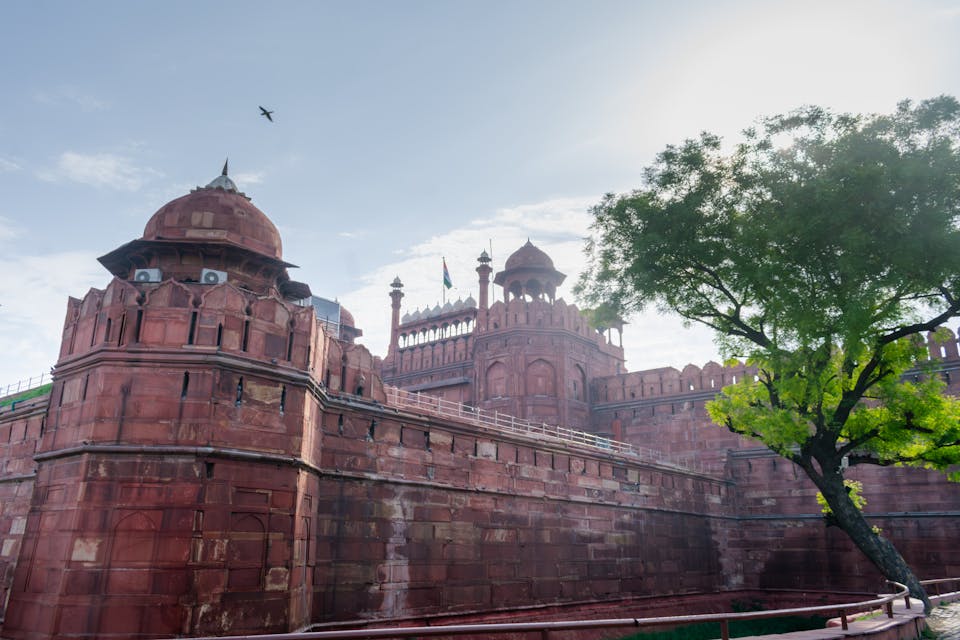The Majestic Red Fort Delhi

The Red Fort, also known as Lal Qila, is a magnificent historical fort located in the heart of Delhi, India. Built during the Mughal era, this iconic structure is a testament to India’s rich history and architectural brilliance. Let’s explore the fascinating history of the Red Fort and its significance in Indian culture.
A Symbol of Power and Grandeur
The Red Fort was constructed in the 17th century by the Mughal emperor Shah Jahan. It served as the main residence of the Mughal emperors for nearly 200 years. The fort’s red sandstone walls, which give it its name, were designed to symbolize power and grandeur. The intricate carvings, delicate marble work, and beautiful gardens within the fort complex are a testament to the artistic excellence of the Mughal dynasty.
Historical Significance
The Red Fort holds immense historical significance in India. It was from here that the Prime Minister of India hoists the national flag and delivers a speech on Independence Day, commemorating the country’s freedom from British rule. The fort also witnessed the grandeur of Mughal festivals, royal processions, and important ceremonies during the Mughal era.
Architectural Marvels
The Red Fort is a masterpiece of Mughal architecture. The fort complex is spread over 254 acres and consists of various structures, including the Diwan-i-Aam (Hall of Public Audience), Diwan-i-Khas (Hall of Private Audience), Rang Mahal (Palace of Colors), and Mumtaz Mahal (Palace of the Emperor’s wives). Each building showcases intricate designs, beautiful paintings, and stunning craftsmanship.
Light and Sound Show
To truly experience the grandeur of the Red Fort, make sure to attend the mesmerizing light and sound show held in the evenings. The show narrates the history of the fort and brings its glorious past to life through a captivating audio-visual presentation.
For more information about visiting the Red Fort, check out the official website: Red Fort Official Website
🏰✨🇮🇳
